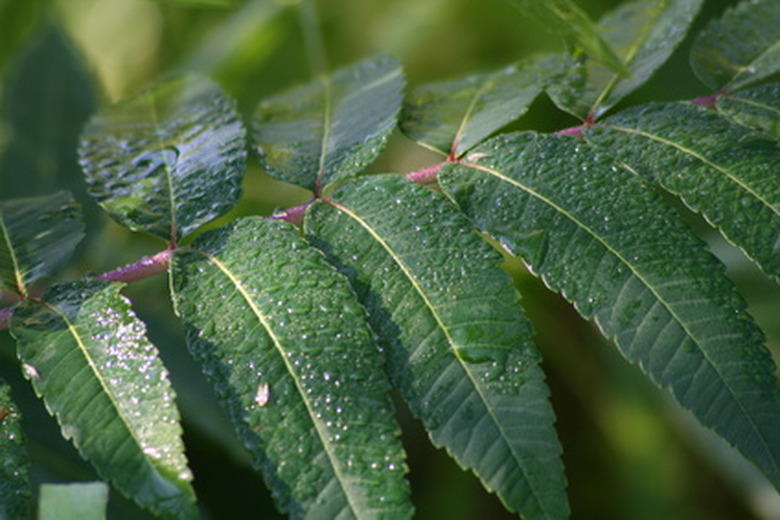Staghorn Fern Disease Symptoms
Staghorn ferns are a hardy fern that grow best outside. They tend to require little maintenance once they have settled into an environment, and actually feed themselves off their own composted frond materials. However, despite their hardiness, there are some precursors to serious infection that will serve as red flags to let you know if your staghorn fern is in trouble. Keeping an eye out for signs of disease will help you keep your staghorn healthy for the duration of its life.
Soft, Mushy Stems
Soft, brown, wet spots can be an indication of several different types of bacterial infection. These spots most commonly occur at the main base of the plant, but they can also occur at junctures between fronds and the stem. In some cases, the spots may even be gray, and it should be clear where healthy tissue ends and diseased tissue begins. Over time, the areas near these stems start producing yellow, stunted leaves and begin to smell fishy.
- Staghorn ferns are a hardy fern that grow best outside.
- In some cases, the spots may even be gray, and it should be clear where healthy tissue ends and diseased tissue begins.
Leaf Spots
Spots on leaves can be indicative of a wide range of problems, from blight and leaf-spot to mold or mildew. Staghorn ferns need very little additional water if they are growing outdoors, and too much water or water splashing up on the leaves from the ground can lead to a variety of fungal infections. You can generally control nearly any type of leaf-spotting problem by removing the affected leaves, providing the plant with more air circulation and making sure that the growing area is not moist or humid.
Webbing and Lesions
Staghorn ferns have few pest-related disease problems, but mealy bugs and scale insects can be a problem. Both of these bugs are fairly small at first and may be difficult to spot since they start out about the size of a grain of pepper. However, as they mature, you will start to see fuzzy webs or balls on the plants, or you may see reddish lesions where the bugs have embedded themselves in the stems of the plant to mature. Non-oil-based insecticides are best for treating this problem.
- Spots on leaves can be indicative of a wide range of problems, from blight and leaf-spot to mold or mildew.
- Staghorn ferns need very little additional water if they are growing outdoors, and too much water or water splashing up on the leaves from the ground can lead to a variety of fungal infections.
